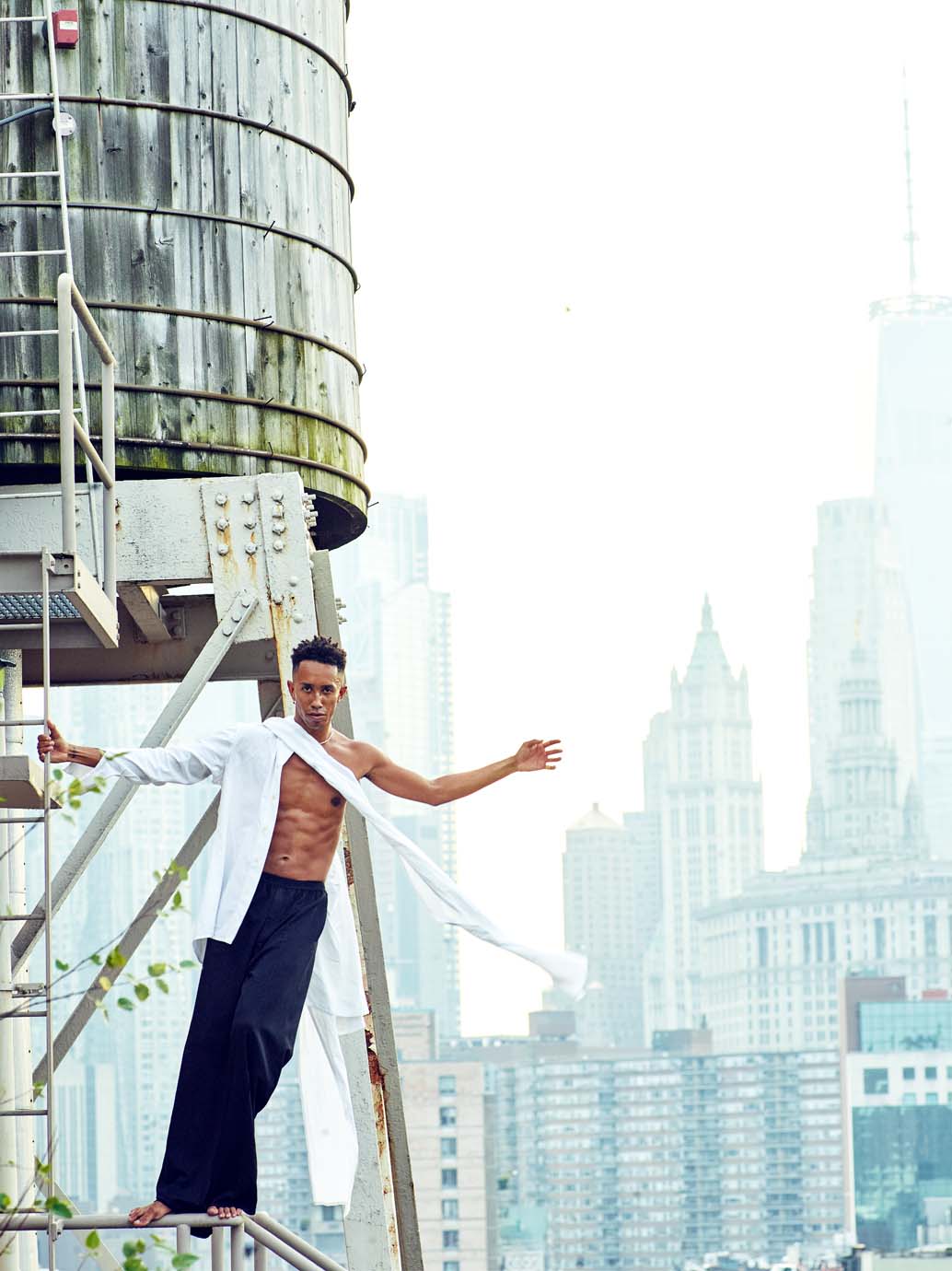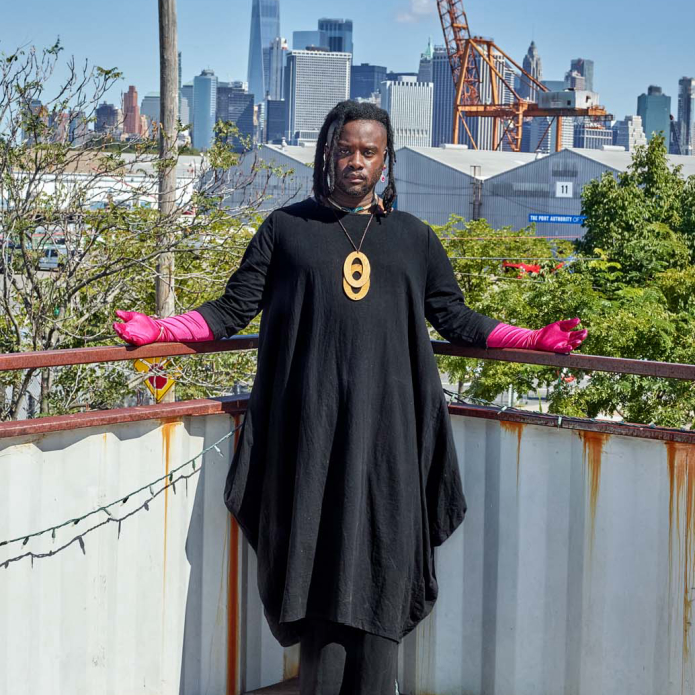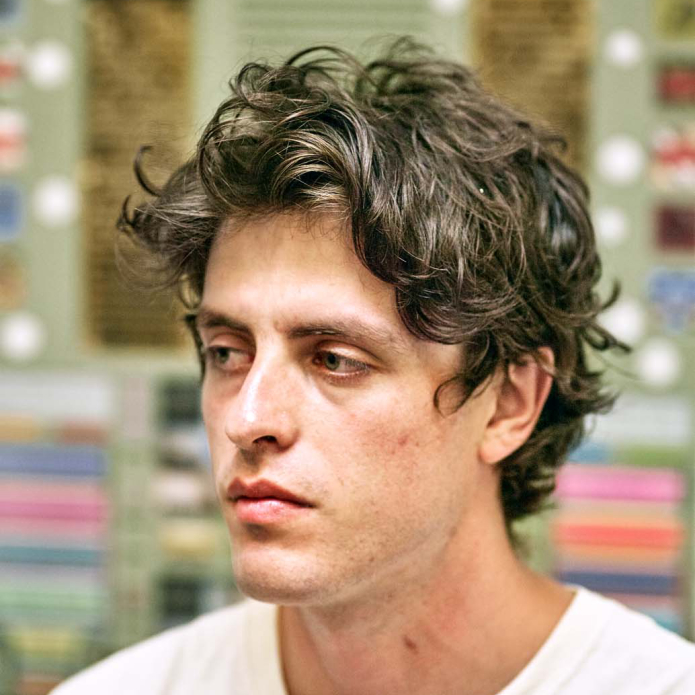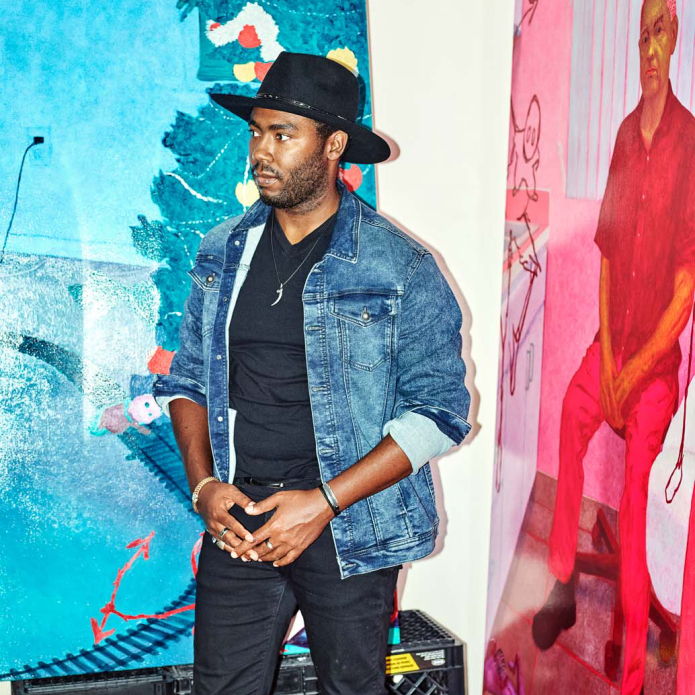
In Miles Greenberg's recent ballet, Eine Romanze, performed this spring at the Palais de Tokyo in Paris, a small glimmer of intimacy is stretched: two black, possibly queer people cross a train platform and notice one another. One turns, just as the other has turned away, and they both keep walking. He slowed this interaction down to last eight hours, for three days straight. The vastness of the missed connection multiplies. It’s a lesson in various impossibilities: “I set rules into a space, with an installation of some sort, with an idea that I want to talk about. These rules come about, and then the execution of them and the mistakes that happen, the human error—those discrepancies are where I find my nirvana.”

Drawing on an unconventional, autodidactic education in movement—Greenberg, born in 1997, has already become an expert in yoga, Pilates, competitive fencing, anatomy, perfumery and Butoh, and has even been mentored by Marina Abramović—all his performance works hinge on long duration and physical endurance to articulate the subtleties and complexities of black queer being. Gestures unravel over a temporal expanse, creating pockets of different paradigms. “All the pieces have to start before the audience is allowed into the space, and end after they leave, so there’s no applause and there’s no beginning or end,” he explains. This also prioritizes an all-black space, separate from the audience. Greenberg isn’t interested in confrontation, but rather, “there’s a certain principle and protocol of generosity with the audience, where you allow them all the time they need to sit with what you’re doing. For me, that’s why [calling it] sculpture makes sense... The audience has full agency. Because it’s also not my problem! And it’s amazing what people can accomplish when they are truly taking responsibility for themselves.” New modes of togetherness rise to the surface. It may take a while, but Greenberg has plenty of time.




